
| Recorded by: Jim Petranka on 2025-02-26
Madison Co.
Comment: | 
| Recorded by: Chuck Smith on 2025-02-09
Davidson Co.
Comment: |
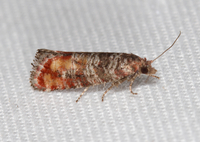
| Recorded by: Jim Petranka on 2024-03-03
Madison Co.
Comment: | 
| Recorded by: Emily Stanley on 2024-02-27
Buncombe Co.
Comment: |
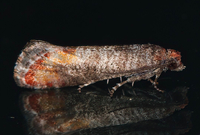
| Recorded by: Jim Petranka on 2024-02-15
Madison Co.
Comment: | 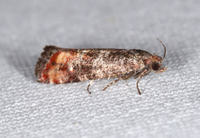
| Recorded by: Jim Petranka on 2023-03-01
Madison Co.
Comment: |
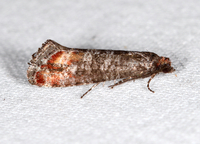
| Recorded by: Jim Petranka on 2023-02-22
Madison Co.
Comment: | 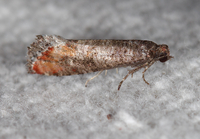
| Recorded by: jim Petranka on 2023-02-16
Madison Co.
Comment: |
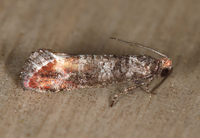
| Recorded by: jim Petranka on 2023-02-16
Madison Co.
Comment: | 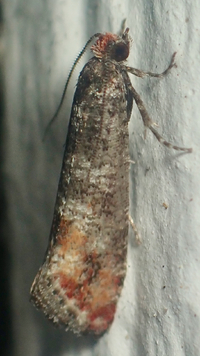
| Recorded by: tom ward on 2022-03-07
Buncombe Co.
Comment: |
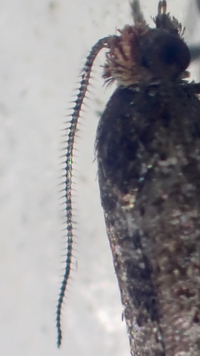
| Recorded by: tom ward on 2022-03-07
Buncombe Co.
Comment: | 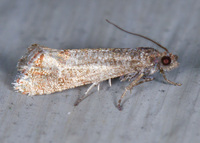
| Recorded by: Jim Petranka on 2022-03-06
Madison Co.
Comment: A worn specimen. |
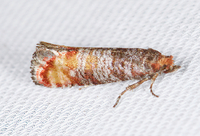
| Recorded by: Jim Petranka on 2022-03-05
Madison Co.
Comment: | 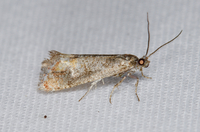
| Recorded by: Jim Petranka on 2022-03-03
Madison Co.
Comment: |
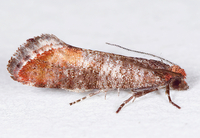
| Recorded by: Jim Petranka on 2022-02-23
Madison Co.
Comment: | 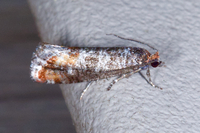
| Recorded by: Jim Petranka on 2021-03-10
Madison Co.
Comment: |
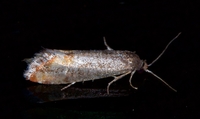
| Recorded by: Jim Petranka and Becky Elkin on 2020-03-12
Madison Co.
Comment: | 
| Recorded by: Jim Petranka and Becky Elkin on 2020-03-03
Madison Co.
Comment: |
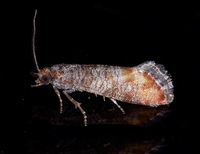
| Recorded by: Jim Petranka and Becky Elkin on 2020-02-25
Madison Co.
Comment: | 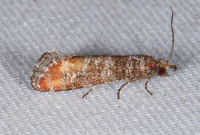
| Recorded by: Jim Petranka on 2020-02-11
Madison Co.
Comment: |

| Recorded by: Jim Petranka and Becky Elkin on 2019-03-01
Madison Co.
Comment: | 
| Recorded by: Vin Stanton on 2019-02-28
Buncombe Co.
Comment: |
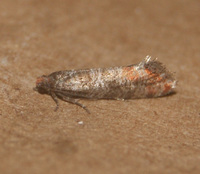
| Recorded by: Vin Stanton on 2019-02-28
Buncombe Co.
Comment: | 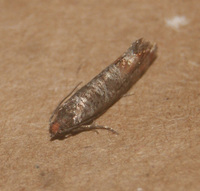
| Recorded by: Vin Stanton on 2019-02-28
Buncombe Co.
Comment: |
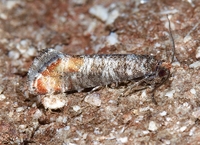
| Recorded by: Jim Petranka and Becky Elkin on 2019-02-26
Madison Co.
Comment: | 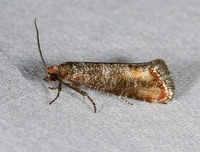
| Recorded by: Jim Petranka and Becky Elkin on 2019-02-21
Madison Co.
Comment: Determined by J.B. Sullivan based on dissection. |
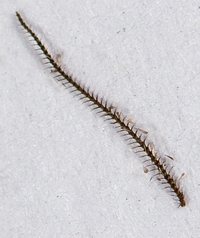
| Recorded by: Jim Petranka and Becky Elkin on 2019-02-21
Madison Co.
Comment: A close-up of the male antenna. | 
| Recorded by: Jim Petranka and Becky Elkin on 2019-02-07
Madison Co.
Comment: |
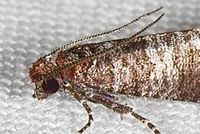
| Recorded by: Jim Petranka and Becky Elkin on 2019-02-07
Madison Co.
Comment: Determined by J.B. Sullivan based on dissection. | 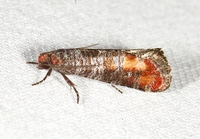
| Recorded by: Jim Petranka and Becky Elkin on 2019-02-06
Madison Co.
Comment: |
|

 »
»




 »
»


